Storytelling with a MōVI
When the MōVI first hit the market, I was both excited and somewhat skeptical. I wanted to take it apart and discover how to use it as a cinematographer. How could I use the MōVI to convey camera emotion? My objective: to go beyond the gimmick the MōVI was portrayed as online and turn it into a true cinematic device.
“Oh we’re going to pass it off, we’re going to slide it through here, and we’re going to drop it down with a rope, and then somebody’s gonna grab it and take it from here to there” you know, that one shot thing…
That is very cool, and wonderful in design, but how can I use the MōVI as a camera emotion to tell the story? The camera emotion thing is very important. I try to take every movie that I do and attach some sort of specific camera emotion to each character.
MōVI Fathers and Daughters
Now, when I did Fathers and Daughters, I thought the MōVI would be the perfect device, a perfect camera emotion for Amanda Seyfried’s character.
Her emotion was conveyed as somebody that had no foundation. She didn’t have that brick and mortar. Her dad died very early. Her mom died before that, and she was passed off to her aunt. They had a very weird household, and there was just no structure. There was no brick; there was no mortar. So I thought, the MōVI would be the perfect camera emotion for Amanda.
It’s not Steadicam; it’s not handheld; it has an energy to it that’s very specific, so that’s what we went with once Gabriele Muccino, the director, and I saw what it could do. We knew what it’s limitations were. We also knew what it did so well. These are the kind of things that we figured out as we went along and I’m going to be passing them on to you.
We found out that if the characters are moving in front of you, walking, doing some kind of motion, the MōVI works unbelievably. If the characters are standing there, stationary, and you’re trying to move around them or push into them, or pull out of them, the MōVI does not work very well.
MōVI Shortcomings
It has the issue of feeling like you’re walking. You’re holding this thing in your hands, and no matter what you do, no matter how many guidelines and rubber bands, and all these kinds of things that you’re using to try to stabilize it and keep it at the same height, they just don’t work very well as you walk in, or push in, or wrap around. It’s just the physicality of your body. You’re going to be walking up and down to some extent, so if somebody’s moving, you don’t notice it. If somebody is stationary, you absolutely do notice it and this is where the Steadicam comes in…

It’s just able to flow around them and push in. Anytime that your talent is stationary, this is where the steadicam really rules out.
As a cinematic tool, it’s tried, true, and tested.

MōVI Character Development
How did we take the MōVI and use it in a more cinematic vein? Well, we use and exploit the MōVI for what it does best. It’s a slight gyro stabilized head, so how can we take that and utilize it? In Fathers and Daughters, Amanda Seyfried’s character was emotionally distraught. We wanted to be able to go inside her head and be able to really showcase this intimacy with her, and her world.
Hot gears system
I knew that I was going to have to get the lens, and the camera very close to her. We chose to not put an operator on the dolly, to not put a 1st AC on the dolly, to just mount the MōVI on the dolly. We designed a whole operating system with hot gears, which are these remote wheels that most of the operators are comfortable with. They’re not as comfortable with joysticks and little toggles, and little RC controls.


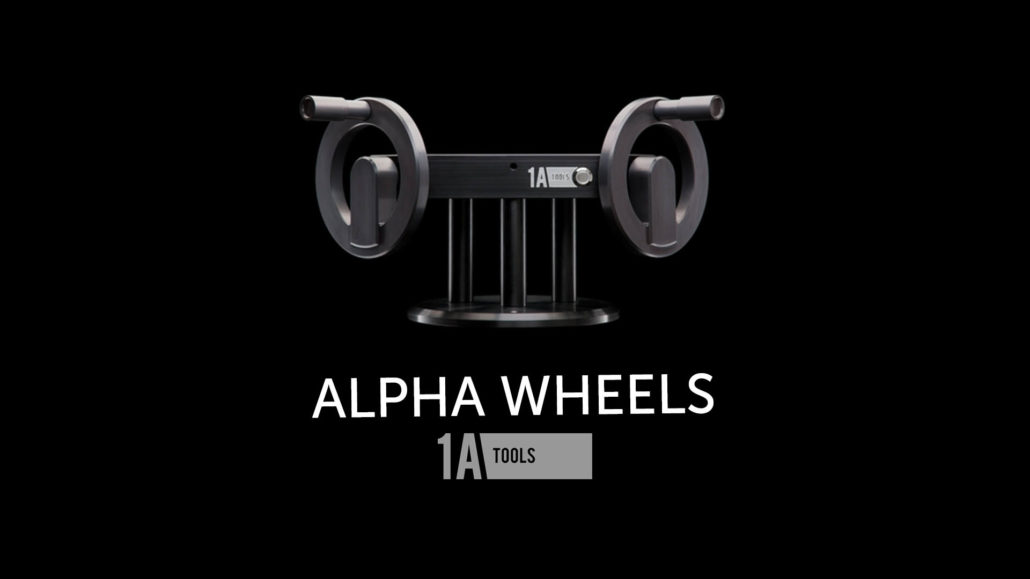
Based on our innovation and pushing the envelope other companies have gotten in on the game!

These are what we are using now on the adventurers.
I wanted to design a system that was based on operators that have been doing this for years, who know beautiful composition, while doing it with wheels, and not with little RC toggle switches.
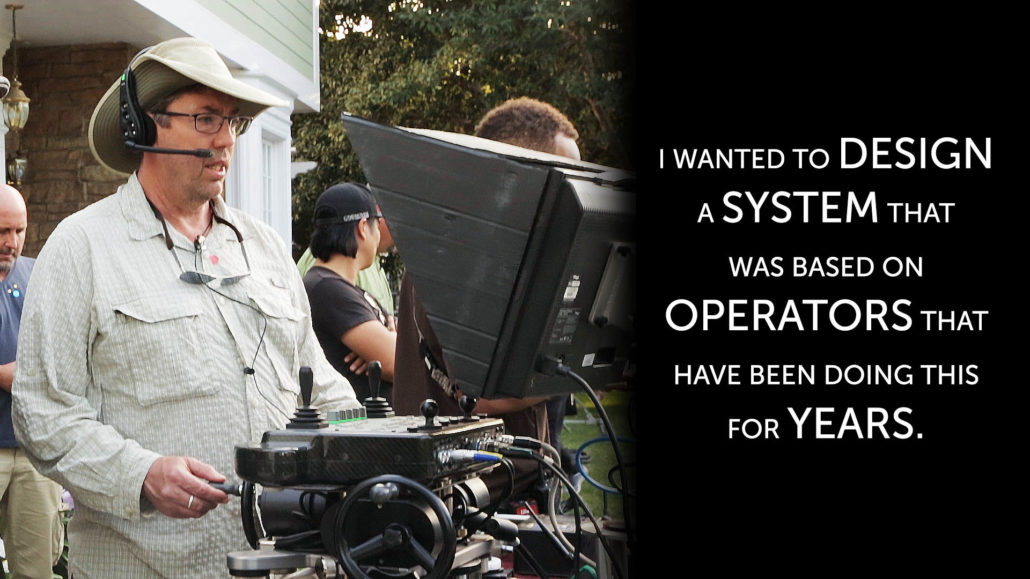
Operating with Hot Gears on a commercial
Once we got this hot gears thing all situated, we were able to move the camera. We put it on the dolly, and pushed it around, even on hardwood floor, even on carpet sometimes. We were able to make these moves without putting plywood and all this dance floor down. Sometimes, we did all of this because it was easier for the dolly grip to be able to move the dolly and because he had to turn the wheels all different ways to be able to get to the right place, but sometimes we didn’t have the time or the space, or our schedule just said:
“No we gotta go!”
Based on that, we were able to take advantage of this small little gyro stabilized head and use it as a gyro stabilized head, not just as a handheld device. We engineered a Mitchell mount to be able to go onto the dolly. We could undersling it; we could oversling it; whatever the case may be, we were able to take advantage of it, and it was pretty awesome. You could get so intimate with the lens and the camera, and there was nobody else around it.

MōVI+Dolly on Fathers and Daughters
The dolly grip said it was the best experience for him. He had a monitor, that he was able to watch as well as just moving a device that only weighed 14 lbs around on a dolly instead of a 200 lb operator, a 200 lb first assistant, and a 70 lb camera. So that’s very specific and it really fits Amanda’s emotion.

BTS image of a MōVI on a crane on Into The Badlands
MōVI on cranes
We also clamped the MōVI to cranes. Cranes come in all shapes and sizes, from lightweight cranes to technocranes. Some may turn to a little Jimmy Jib; we used a CamMate crane.

We had it 20 some odd feet in the air to do this overhead shot. It was on carpet, and we had to do a shot where we pushed the dolly and people were sitting there so we were going over the tops of their heads. Just as the people were just out of frame, we had to have them jump up and get out of their chairs.
It was like old-school filmmaking, which I absolutely love and embrace wholeheartedly. This was kind of a trick of the trade. With techno, you could’ve just flown over the tops of people and never had to move because you have tons of reach. Well, we didn’t have the location to be able to fit a technocrane, and we didn’t have the budget. We needed to do this much more low-tech, and the low-tech route was to take a CamMate crane and be able to push it on carpet and have a gyro-stabilized head take out the wobbly-ness as we push in a reveal Russell Crowe.
Cinematically Use The MōVI
These are ways to really take advantage of the MōVI in a cinematic way, using it’s type of energy and the way the camera moves as a camera emotion, and attach that to a character.
“When you read the script, you can feel that and try to see what they’re going through, what they’re feeling and see if the MōVI fits for their camera emotion.”
The other thing the MōVI did for us was that it opened up a whole new world in regard to how we photographed actors, keeping them in the moment and in the performance. I’m going to describe a scene for you, so you can get the idea…
Scene from Fathers and Daughters
Alright, so we are on the MōVI and we are pulling back with Amanda and Octavia Spencer in a hallway, and they’re having a discussion. So we’re pulling back, we’re pulling back, we’re pulling back, they’re having their dialogue. We tuck ourselves into an office doorway, and they wrap around us. So they pass us, and we’re on their back as we see them open the door. As they open the door, we push in and we see Amanda start to close it, and we slide by it just as it’s about to hit the camera.
This is essential because we want it to feel like the door is closing, that we’re not just some kind of voyeur outside. So that camera slides over to the right, and is handed to another operator, who then sits down on an apple box and gets into the perfect 50/50 of this beautiful window, and this nice office. Octavia is sitting behind her desk, and Amanda is sitting in the chair in front of the desk. Now, as this is happening, a MōVI flies out of a broom closet on the right and gets in an over Octavia to Amanda, and then a third MōVI blasts out of another office door and sits on an apple box and gets a shot over Amanda to Octavia.
Watch the Sequence
This sequence was done so elegantly. We were able to get the performance, the whole six page scene, in under 2 hours. We wrapped that day in under 8 hours. Octavia Spencer, who is an incredible actress, was like:
“I’ve never shot like this before, this is so unbelievable and so inspiring and this technology is amazing, how these cameras move.”
That’s again taking the MōVI in a standard shooting situation — shooting with two or three cameras — and being able to exploit it’s amazing pros: its compact nature, how quickly it can move, and how agile this tool can be.
The Bottom Line
I will be having a MōVI on every feature film I shoot from now on. It’s that device that you might not have a specific application for initially but when things change and actors want to do something different, that thing can swoop in, and make you shine bright.

On a feature that I shot in Prague, we needed a high angle in the middle of nowhere, in the middle of a sunflower field. Unfortunately, a sunflower seed farmer telling us that you cannot bring a crane into his field. We could not even bring a ladder pod, but we could bring a MōVI over slung rigged with our special Jr Pin to Ninja star adapter. Flying high with the only limit being our stand, we didn’t need to go super high. However, we did need to get about 12 feet into the sunflower field while having zero impact on it. The MōVI was the perfect tool to accomplish this. This is the unique ability of understanding the MōVI’s incredible talents, then exploiting the hell out of them.


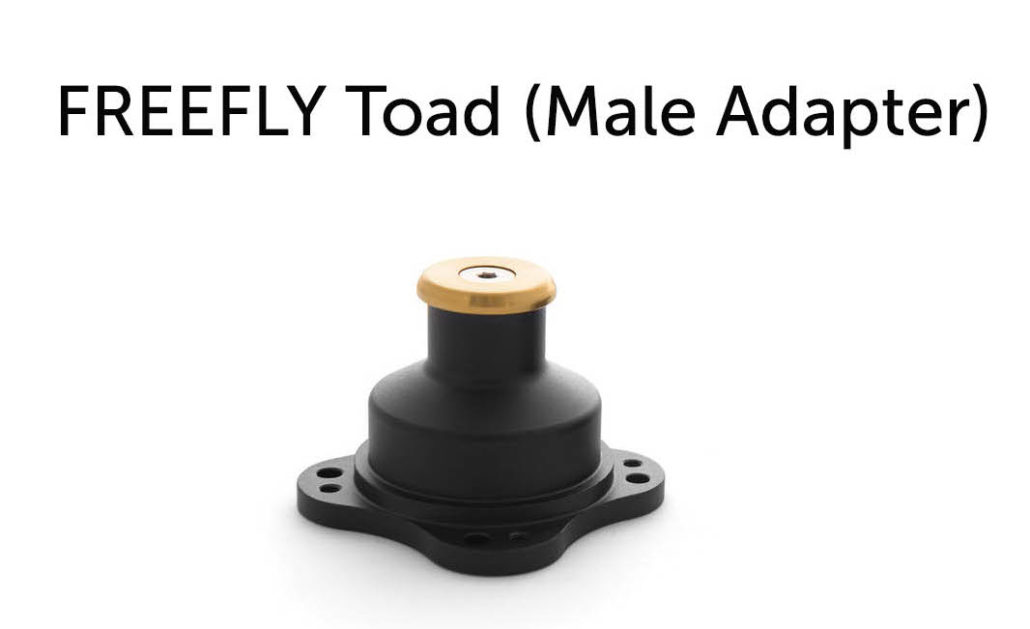

Matthews Studio Equipment made mine special, and they need to make more of these!

Call 818-843-6715 to ask for more!
All videos were edited on HP Z840 workstations using HP Z24x DreamColor monitors.
Like this post or have a question? Leave a comment below!
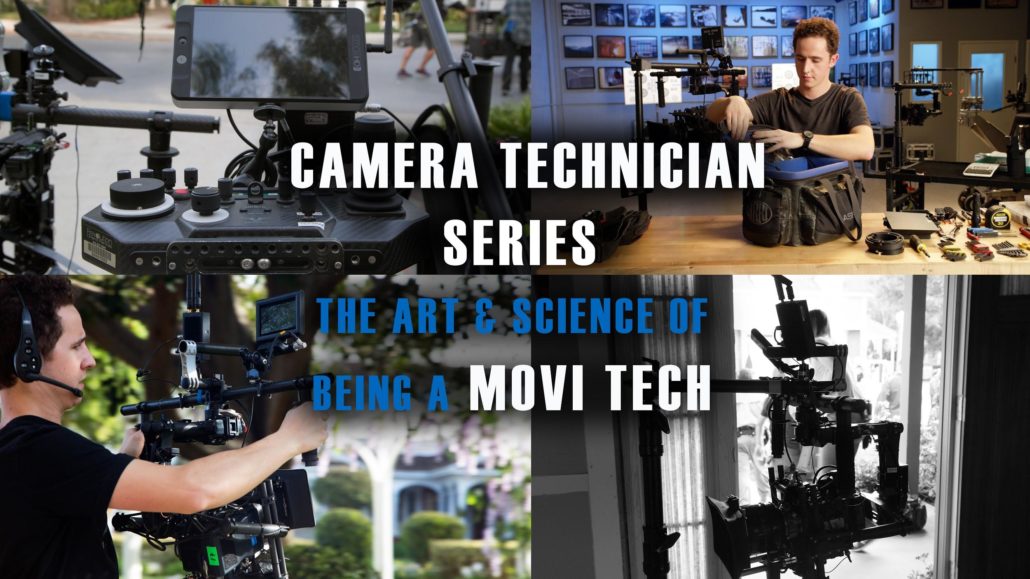




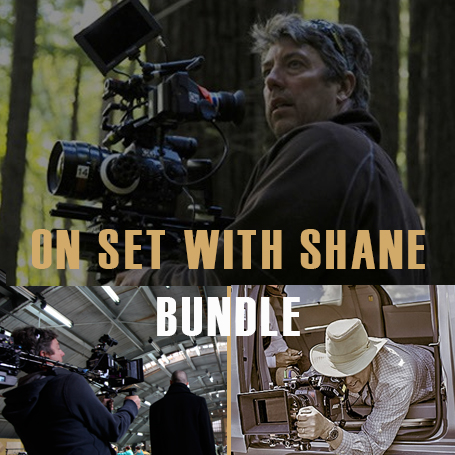




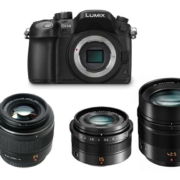
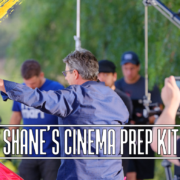
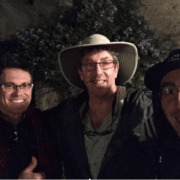
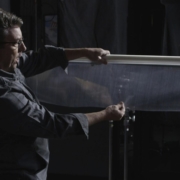
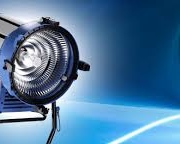



Hi Shane very great post , just when Amanda was sitting in the bar it was static shot and you said it is much better to use the steady cam ?
Kindly may you write another post about storytelling techniques with some examples from into the bad land exclusively in the inner circle ?
Do you think Movi will establish a new trend like the French new wave in fivties ? Or new understanding to cinema like rope film for hitshkok .
Regards
Ahmed
I think the MoVi will soon take control of how movies are made, right now we are at the forefront and not many people have been open to it because it could not fly the Alexa, but now with the Alexa Mini I think many more will be open to its unique abilities.
Very interesting post. I’m trying to improve my storytelling perspective and this really help me to complete my vision. Good job.